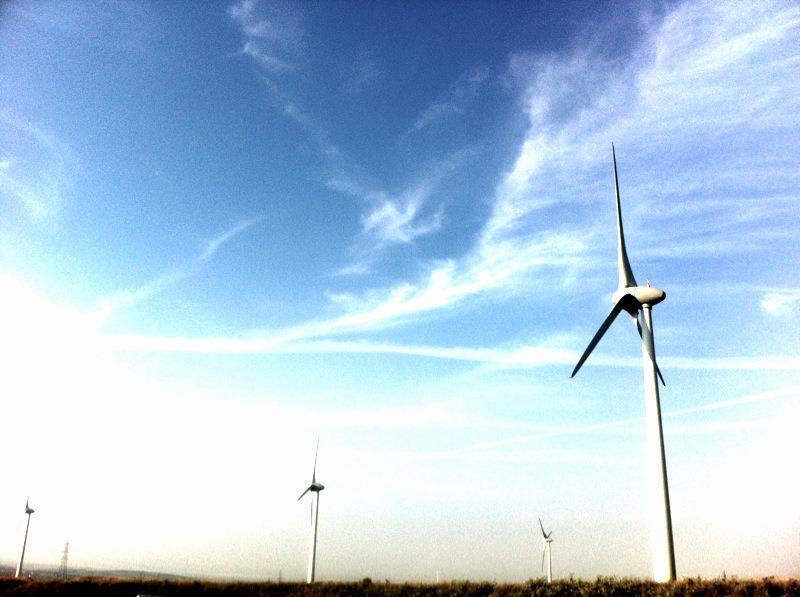Scotland’s electricity system could be run almost entirely on renewables in the next 15 years, according to a report published by WWF Scotland.
The report, ‘Pathways to Power: Scotland’s route to clean, renewable, secure electricity by 2030’, is based on analysis carried out by the engineering and energy consultancy DNV GL.
The report states that Scotland’s strategy to decarbonise the nation’s electricity system by 2030 is achievable if the nation keeps on its path of using proven renewables and energy efficiency. Lead author of the report for DNV GL, Paul Gardner, explained: “Our technical analysis shows that a system with an extremely high proportion of renewable electricity generation located in Scotland can be secure and stable. There is no technical reason requiring conventional fossil and nuclear generation in Scotland.
“Scotland has plenty of renewables in the pipeline to cut the carbon from its power supply by 2030, particularly if we see progress on reducing electricity demand. And crucially, Scotland can continue to be an electricity exporting nation.”
Scotland boasts a large and effective fleet of wind turbines. In December 2014, wind turbines generated 1,279,150MWh of electricity to the National Grid which was enough to power 164% of Scottish households. Solar PV capacity also enjoyed a significant boost in 2014, rising by almost a third. WWF Scotland estimates that over 35,000 Scottish homes and 600 businesses are now benefitting from solar PV.
WWF Scotland’s climate and energy policy officer, Gina Hanrahan, said: “It’s great to see the vision for a secure, renewables-based future for Scotland independently tested and proven. It’s clear that Scotland doesn’t have to generate electricity from coal, gas or nuclear to ensure security of supply.
“We’d still like to see Carbon Capture and Storage tested at Peterhead, but given how slowly this technology is progressing, it makes sense to explore alternative paths to achieving the government’s own target. The report shows that not only is a renewable, fossil-fuel free electricity system perfectly feasible in Scotland by 2030, it’s actually the safe bet. Pursuing this pathway would allow Scotland to maintain and build on its position as the UK and Europe’s renewable powerhouse, cut climate emissions and continue to reap the jobs and investment opportunities offered by Scotland’s abundant renewable resources.
“We’ve seen renewables go from strength to strength in recent years. They are now the biggest electricity generator in Scotland, outstripping nuclear, coal and gas. We need to see the phasing out of conventional generation in Scotland, clarity about the future market for renewables across the UK and more emphasis on demand reduction and storage in Scotland so the vision can be achieved.”
The report discovered that a renewable-powered system would hold more advantages over Scotland’s current system as it would enable the country to be less dependent on imports and benefit from cheaper peak demand electricity.
Chair of The Existing Homes Alliance, a coalition of Scottish organisations campaigning for energy efficiency in housing, Alan Ferguson, concluded: “This important report makes clear that Scotland’s clean power system must be built on an effective energy efficiency programme. Reducing our electricity demand by only 1% a year is achievable and brings real benefits to the Scottish economy, households and businesses. We hope the Scottish government recognises the value of cutting demand and puts in place steps to reduce the demand for electricity, helping to cut bills and the need for new generating plant.”






